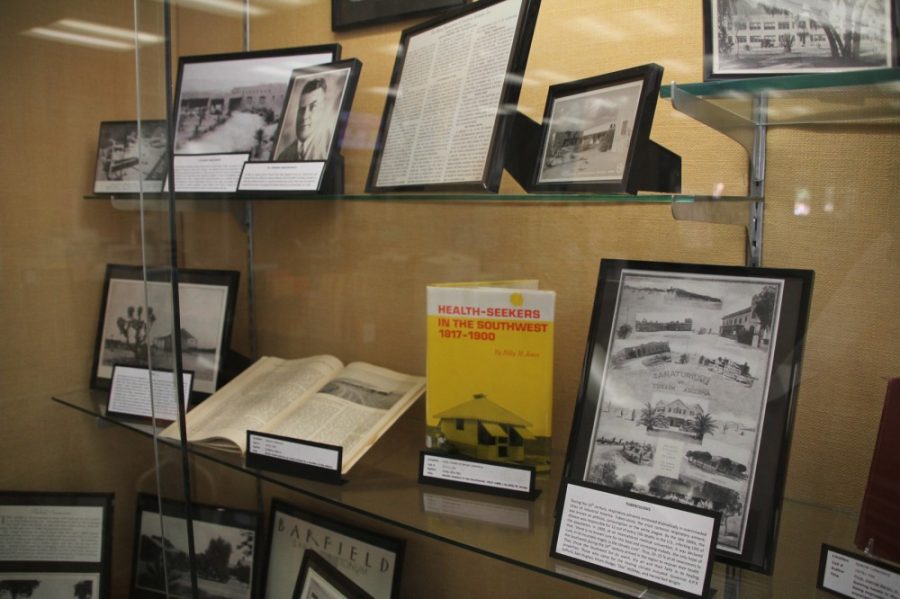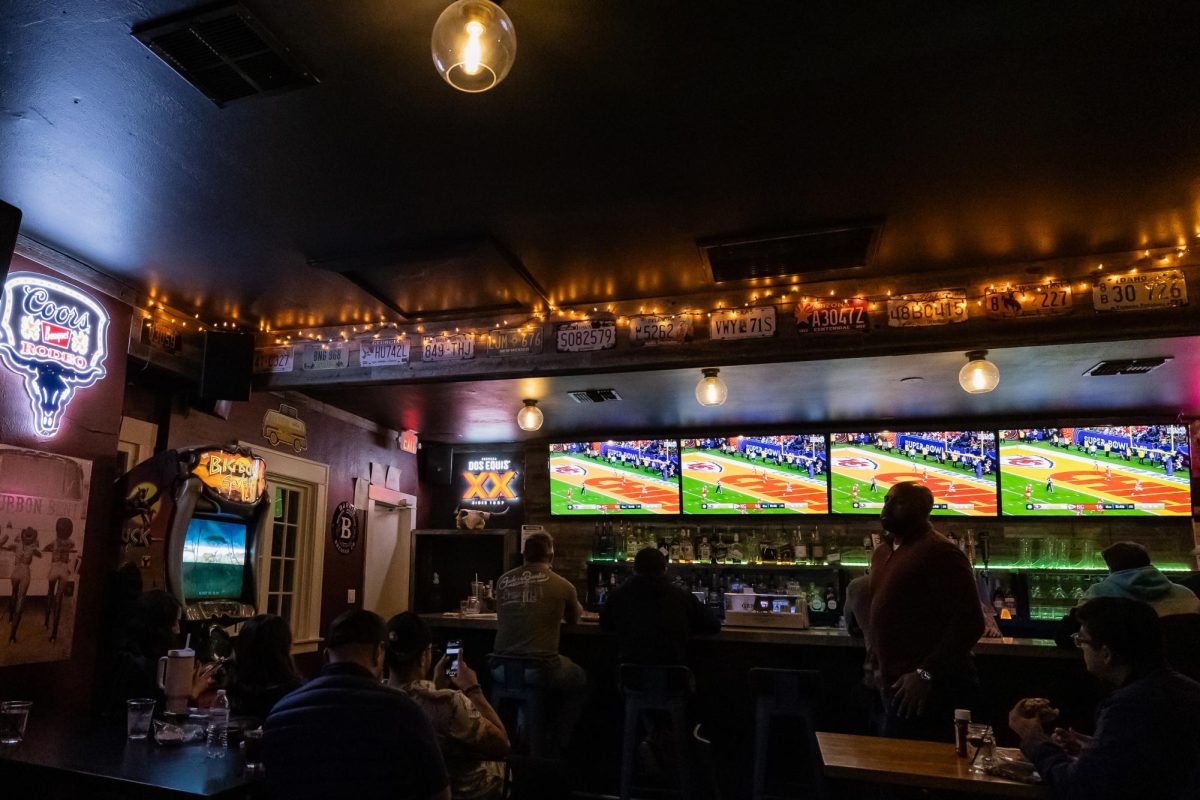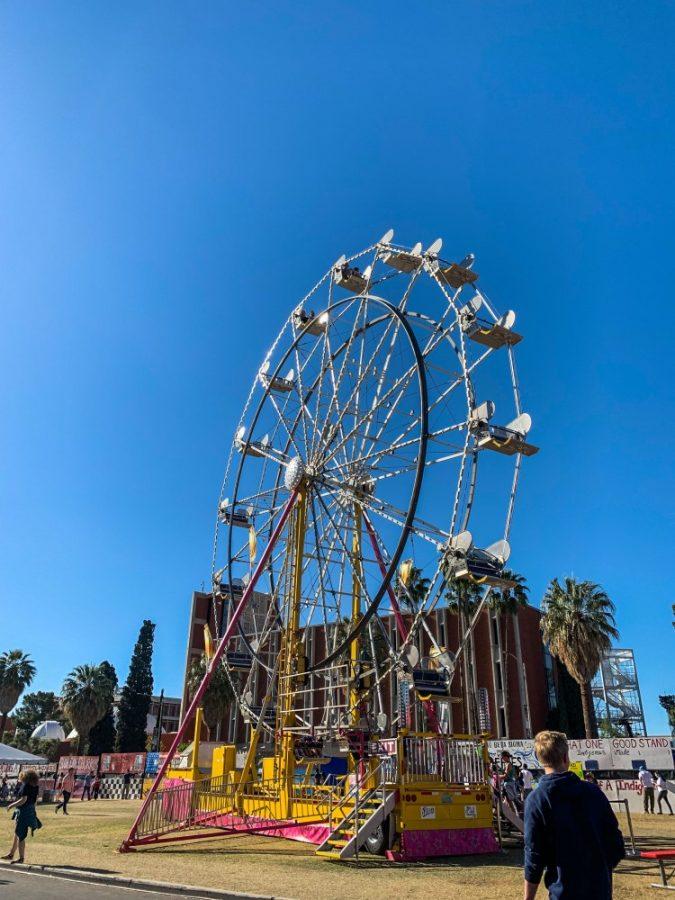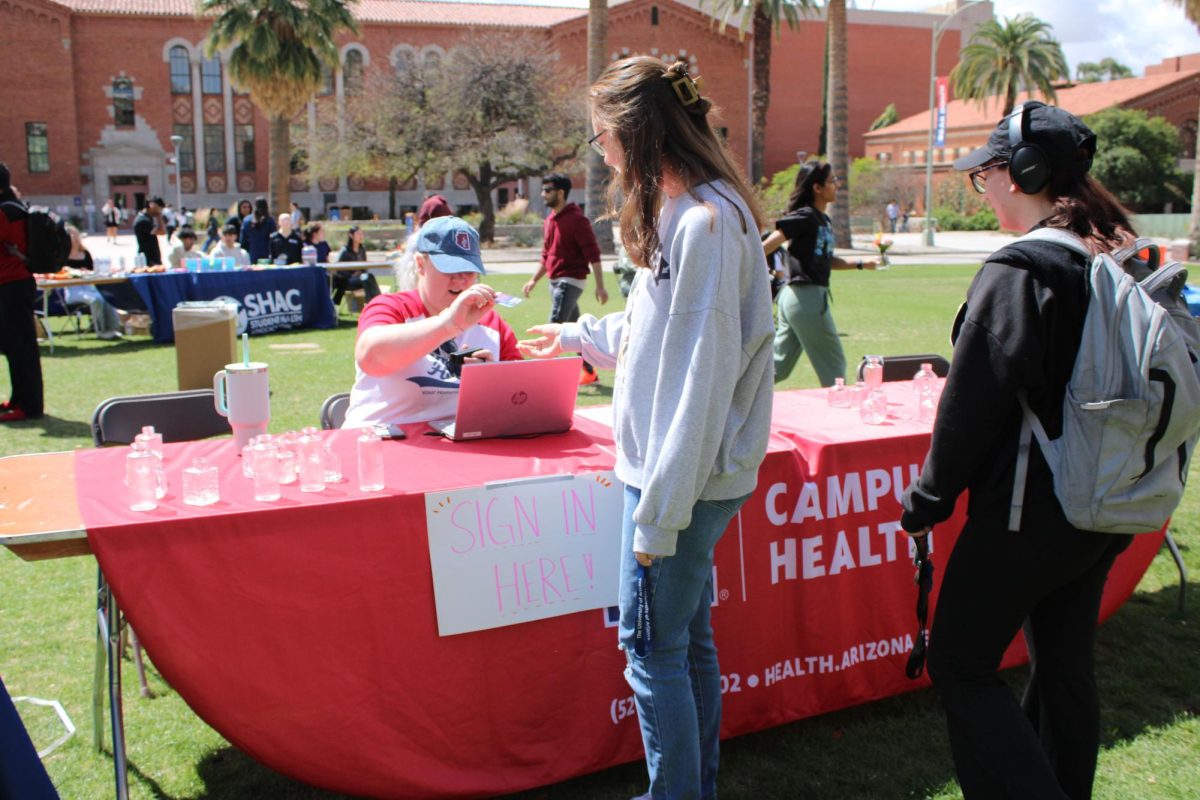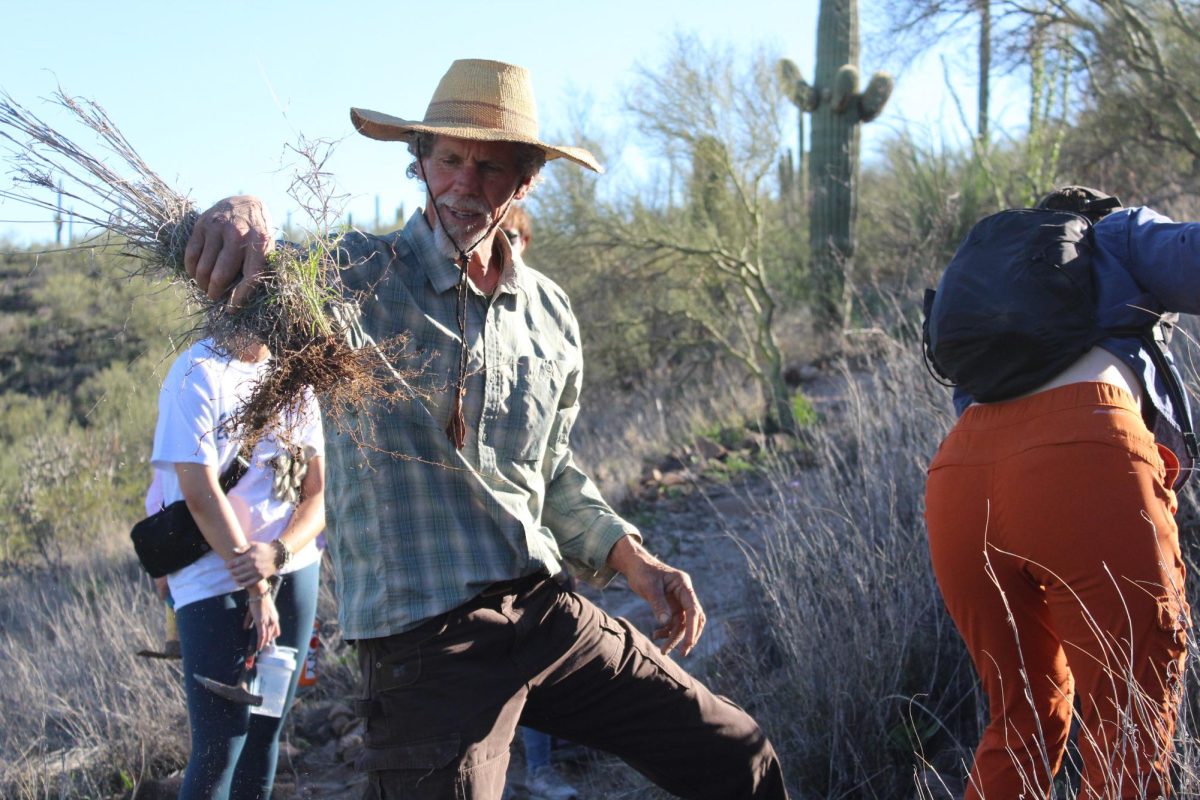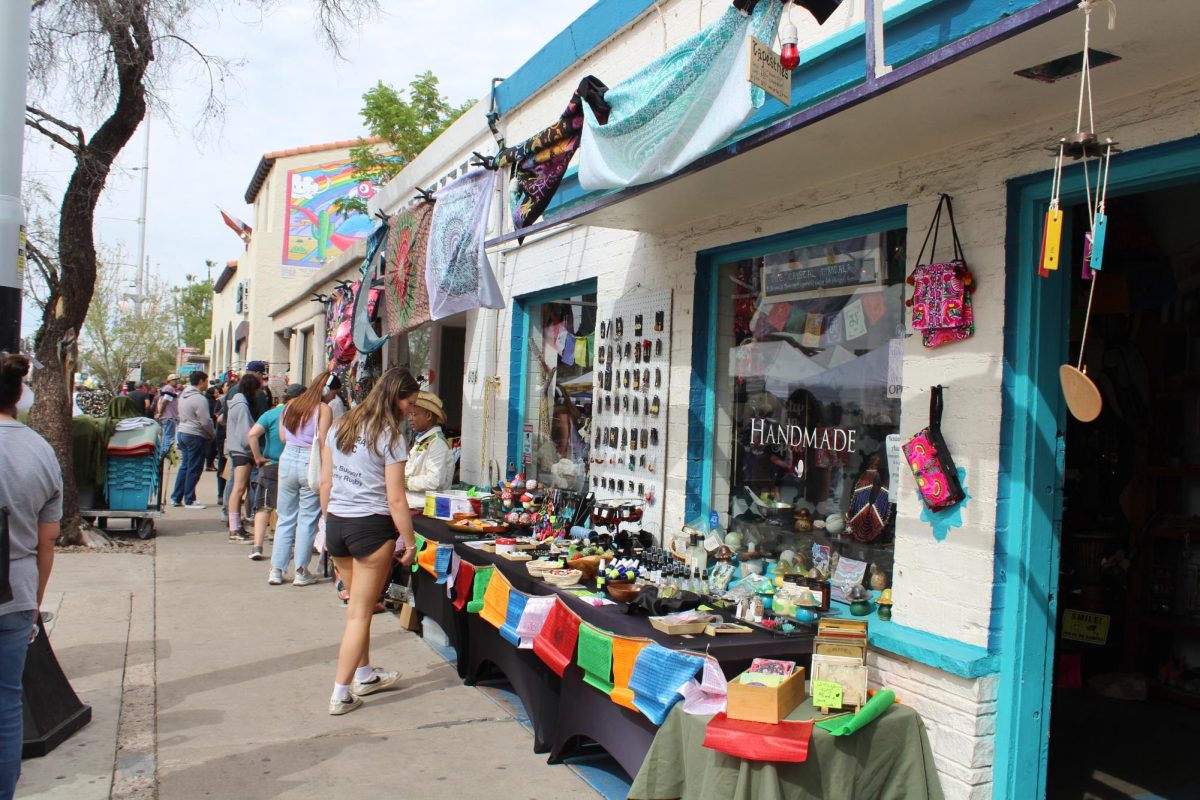A local, captivating and convenient opportunity for students to learn the history of Tucson’s oldest and most renowned medical establishments is thoroughly presented in the “A Look at Medicine and Medical Facilities in Early Tucson” exhibit within the Science-Engineering Library this month.
The exhibit covers a fascinating span of early Western medicine, beginning with the native healing arts of Native American medicine and going on to the opening of the Pima County General Hospital in 1967.
The exhibit also portrays the medical practice expansion within the Southwest, as 20th century pioneers migrated to Tucson’s warm and inviting climate to improve their health. Arizona’s tuberculosis epidemic, which threatened an overwhelming amount of lives within the U.S. during that time, also gets some attention.
“A Look at Medicine and Medical Facilities in Early Tucson” also offers information regarding the varying medical treatment of patients, which often depended on their class status. Tucson’s top nine renowned physicians are displayed in classic black and white photos, including St. Mary Hospital’s Dr. John C. Handy, one of Tucson’s most established old Western doctors and Army surgeons. Handy is shown at the hospital’s opening in 1880, as Arizona’s first hospital.
Other renowned Tucson hospitals are displayed with historical blurbs, including the Veteran’s Administration Hospital established in 1928, accompanied with black and white photos of a historic operating room that represents a surgery session in one of the eight operating rooms, which were under use 24/7.
The history is portrayed in a well-organized fashion, with three separate sections within the exhibit. This exhibit can benefit anyone who is interested in learning about early Tucson’s medical history and is specifically targeted toward those studying within the medical field.
“A Look at Medicine and Medical Facilities in Early Tucson” is located to the left upon entering the Science-Engineering Library, and is available for observation during the library’s hours of operation. It’s well worth a look for anyone who’s interested in where our state’s storied medical history came from — and also where it may be going.
Follow us on Twitter @wildcatarts and follow Sophia @50ph1a_23n0



